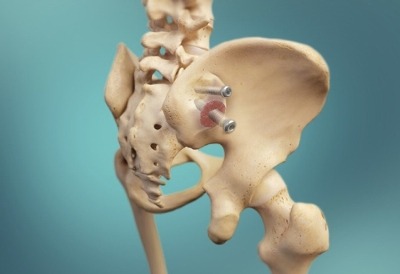
Zyga Technology has released 12-month fusion and clinical results for patients receiving SImmetry sacroiliac joint fusion with decortication. Study results were presented at the 2016 Society for Minimally Invasive Spine Surgery (SMISS) annual meeting (13-15 October 2016) by William Cross, an orthopaedic trauma surgeon at the Mayo Clinic in Rochester, USA.
This prospective, multicentre study enrolled 19 patients at three institutions, who underwent a computed tomography scan 12 and 24 months after receiving minimally invasive sacroiliac joint fusion with decortication and bone grafting. Computed tomography images were reviewed by a non-biased, independent radiology core laboratory to assess fusion in relation to the joint and the area of decortication. At 12 months, fusion was reported in 74% of patients, and back pain decreased from 7.9 to 2.2 (72%). Of patients in whom fusion was reported, 86% showed fusion in the area of decortication. Freedom from device- or procedure-related adverse events through 12 months was 100%. Twenty four-month results for the study are expected in early 2017.
“Minimally invasive sacroiliac joint fusion has been established as an effective treatment for certain patients suffering from sacroiliac joint disorders, but many technologies available today do not follow the accepted orthopaedic principles that lead to successful long-term fusion,” says Cross, the lead author and presenter at the SMISS scientific meeting. “For me, it is common sense that sacroiliac joint fusion should include decortication and bone grafting to achieve long-term success. The results of this study provide compelling evidence that decortication and bone grafting may contribute to earlier fusion, and that the procedure provides significant pain relief at one year postoperation.”













